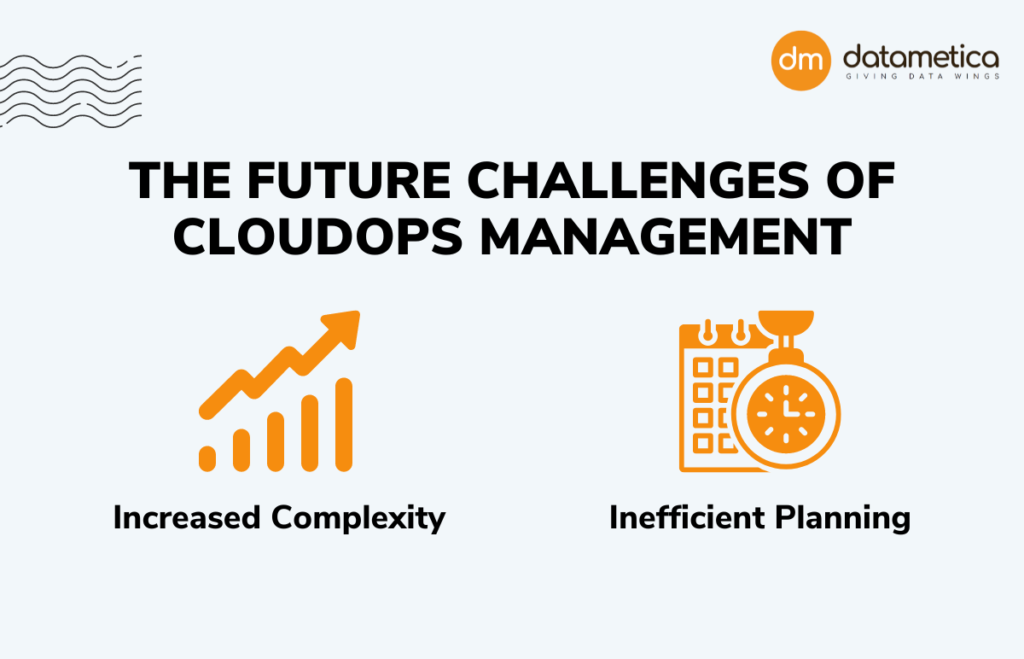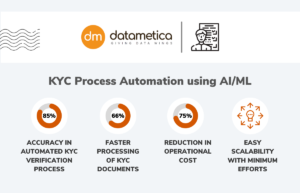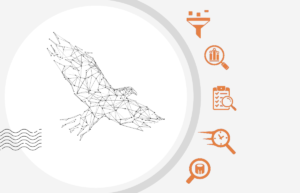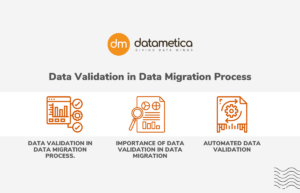As more businesses embrace digital transformation, cloud migration initiatives have increased dramatically in recent years. This has been due to the increased use of cloud computing for Application Programming, AI & Machine Learning (ML), Big Data & Analytics and key enterprise services. Hence, setting up a robust system for managing Cloud practices has become an important consideration in today’s digital-first world.
CloudOps is referred to as the process of increasing efficiency and flexibility of cloud-based business processes. It is defined as a management method that aids in the streamlining of Cloud Infrastructure implementation and optimization. In a sentence, the methodology promotes agility while ensuring smooth cloud operations to support business activities. Businesses that neglected CloudOps are now experiencing difficulties as they migrate more apps and data stores to the Cloud.
The future challenges of CloudOps management
Cloud has always been about agility and shorter time to market and CloudOps has been an enabler to achieve it. However CloudOps should not just be limited to provisioning and deprovisioning of cloud services—it should also cover issues of reliability, security, scalability and operational management. If the focus is only on agility we might end up with some of the issues mentioned below

Increased complexity
Increased operational complexity causes cloud-based workloads and operations to lag or stop entirely. In layman’s terms, it can be called a “complexity wall.” This is observed due to the recent trend of rapid migration to public cloud, including multi-cloud, without considering the long-term implications of scalability, reliability, and common but critical elements such as security and monitoring.
This has resulted in the technical challenges increasing to the point where organizations are finding it difficult to afford the expertise and tooling required to maintain Cloud based systems. In other words, the level of complexity has made the solutions too costly and risky to use in their current form.
Inefficient planning
Organizations should have detailed plans in place prior to migration and development. In general teams move to the cloud with little thought given to how it will operate those applications or handle the data once there. A lack of planning also leads to a lack of coordination, which complicates matters further.
One useful approach is to incorporate cloud planning into the process of shifting to or building on the cloud. Other emerging trends which may impact the CloudOps include
- Scarcity of CloudOps skills: This includes both technical and CloudOps tool expertise, as well as the personnel who can perform more typical operations chores like system backups, runtime monitoring, and even troubleshooting minor issues such as stopping/restarting cloud-based services as needed.
- Strict budget: Typically, no additional funding for CloudOps is available than was previously available for traditional operations. Organizations need to be cognizant of the budgets allocated to maintenance and CloudOps management.
- Higher security risks: Ransomware and denial of service attacks are examples of possible threats faced by cloud based applications.
- The use of atypical platforms is on the rise: There has been continuous evolution of new, cloud capabilities. The new methods include quantum computing, high-performance computing etc. Each platform requires tailor made approaches and a distinct set of skills to learn and use.
- The adoption of a utility consumption model: Organizations are no longer concerned with data centers and their own hardware and software, but with virtual systems that they will never see. Because they pay for this gear and software as a service, there are new rules for measuring cash burn and other metrics for measuring performance.
How to possibly handle such challenges?
Precise planning to effectively manage complexity:
Planning your moves ahead of time is the best method to minimize complexity challenges and effectively manage Cloud services. Many organizations today are aware of these challenges but lack the methodologies and technical know-how needed to address them. In such circumstances, partnering with an experienced migration team that can help handle such challenges with rigorous planning while taking into account security, maintainability, dependability, and future extensibility requirements would be the right choice.
Leveraging the help of AI and automation to enhance CloudOps tools:
Automation and artificial intelligence (AI) are currently loosely connected with these tools, but will grow in order to tackle a broader range of complex tasks. Self-healing via AI and automation is anticipated to become mainstream. Not only for simple issues like restarting a database to bypass a slow cache, but also for dealing with complex failures that have difficult-to-diagnose fundamental causes and as many as a hundred distinct components that must be repaired in certain sequences and methods.
Conclusion
Using the CloudOps advantage to implement the right processes could help you save money and lessen the risks associated with a lack of Cloud Know-how. Datametica, as an experienced migration partner, promises to provide cost-effective cloud computing solutions to assist businesses in fulfilling the demand for applications that prioritize task distribution and governance. In essence, we strive to reduce risk and achieve performance solutions with our data migration automation suite, which helps clients drive ROI while fulfilling compliance and security requirements. Initiate a call with us today to learn more.
.
.
.
About Datametica
A Global Leader in Data Warehouse Modernization & Migration. We empower businesses by migrating their Data/Workload/ETL/Analytics to the Cloud by leveraging Automation.



